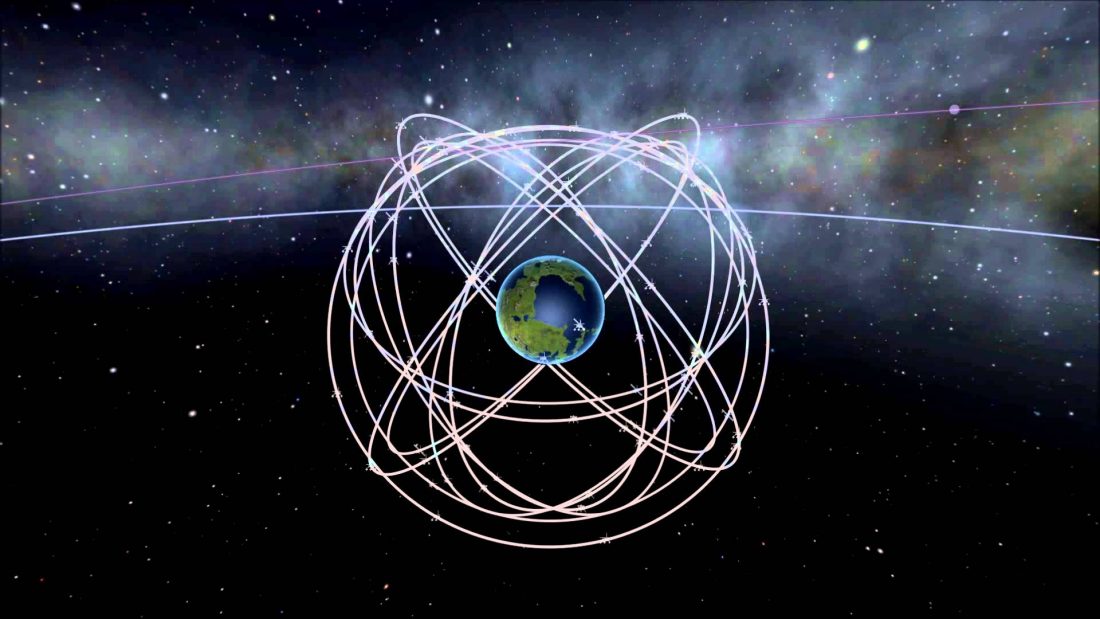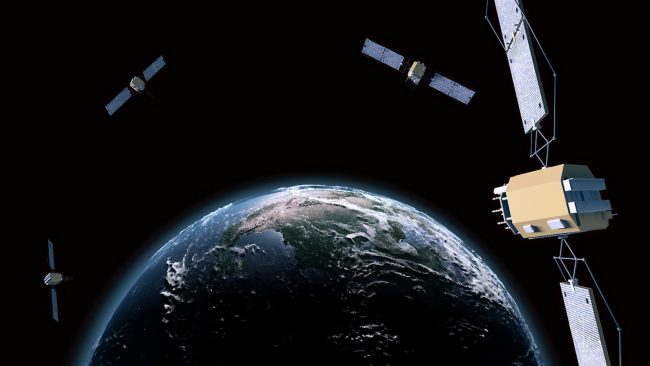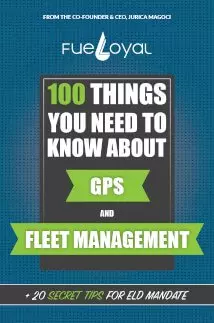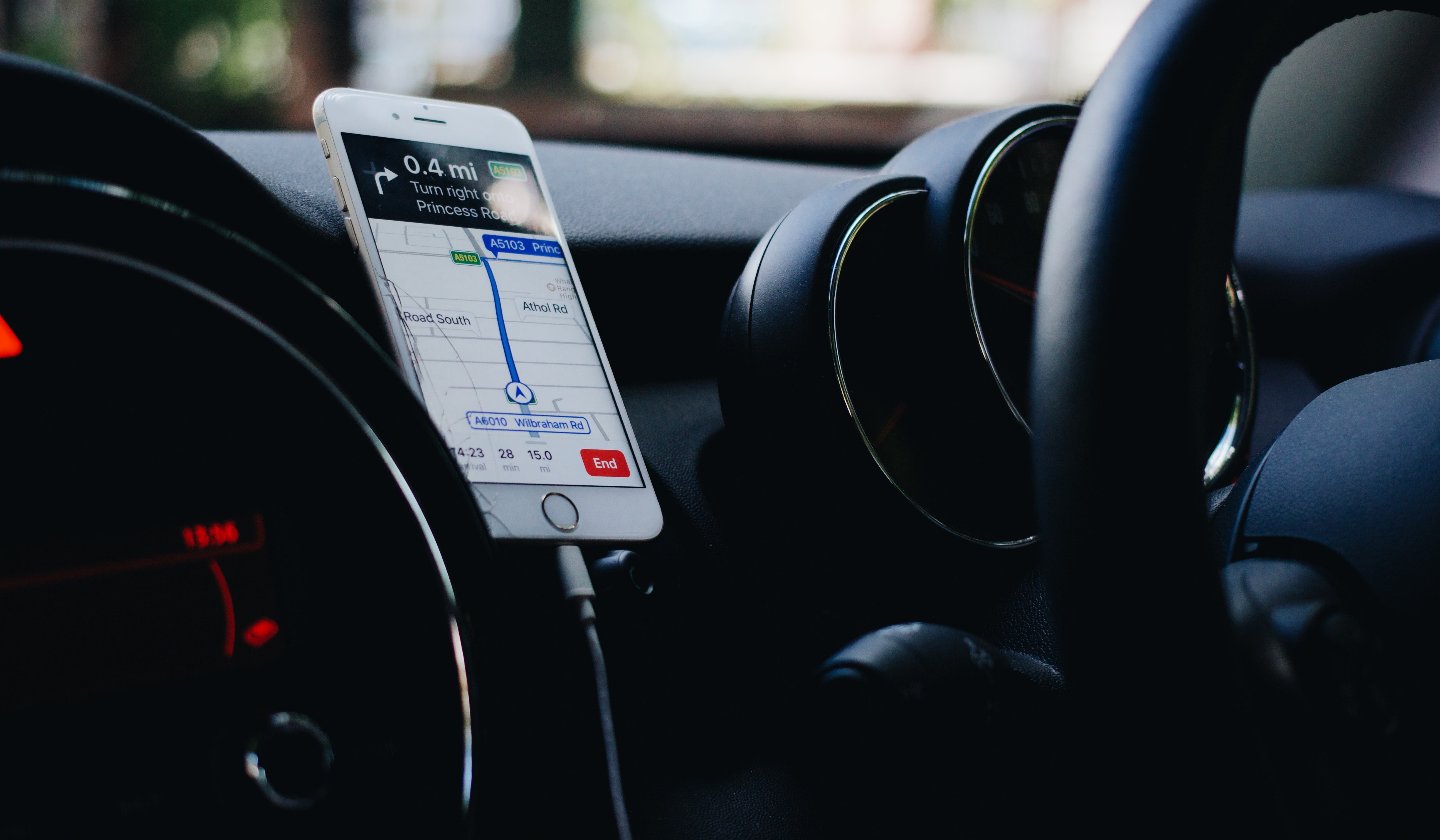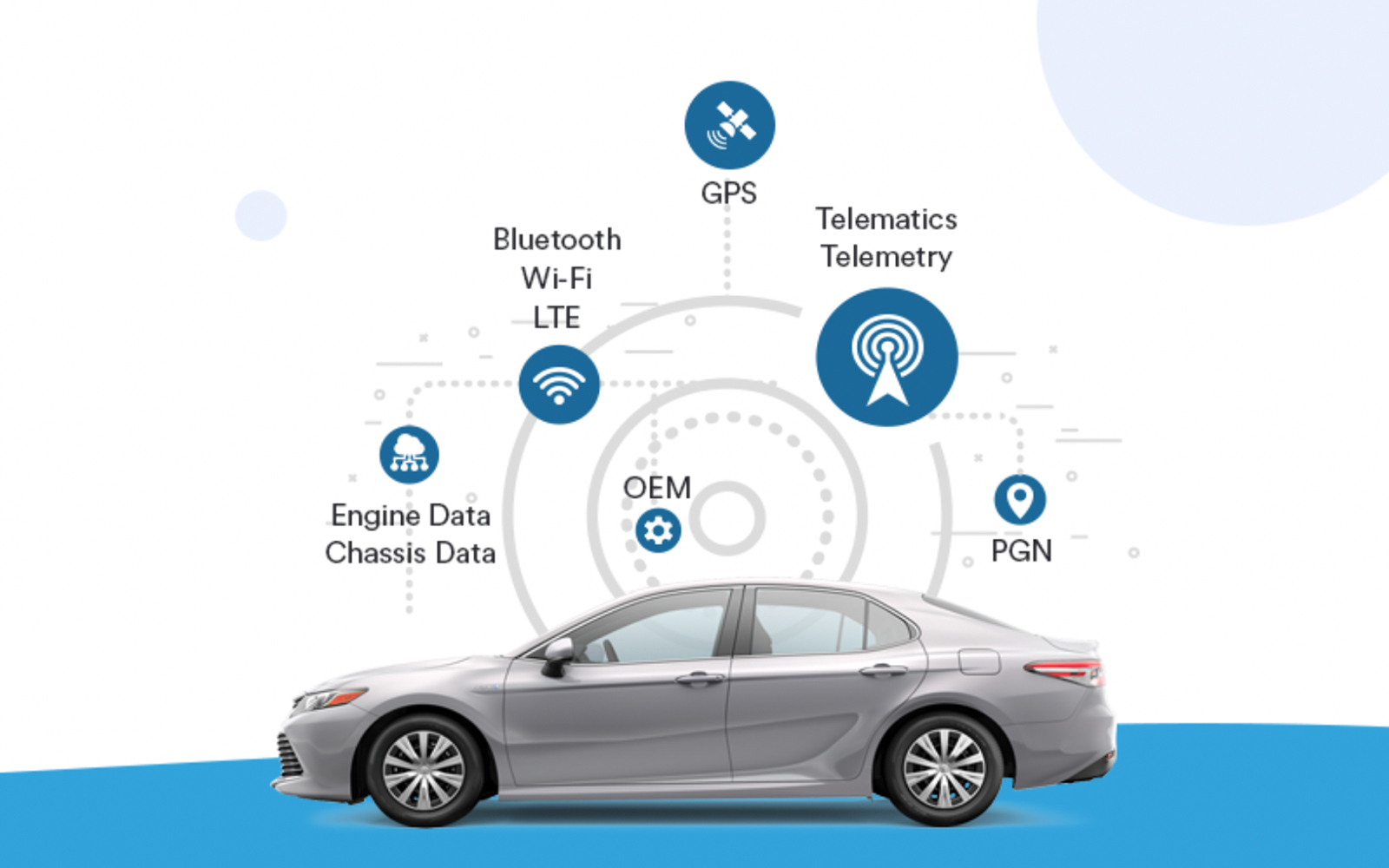The need for an accurate way for navigating all around the world has been recorded in early history.
Back in the day, people were using a compass, radio as well as the stars to get to a proper navigation. In fact, the moon and the stars were the closest to modern GPS systems.
In the foreground, the Global Positioning System, which is also known as GPS, rapidly became an integral part of everyday lives.
Nowadays the development of the GPS has widened up its application far beyond traveling to particular areas up to gaming. GPS facts show us a crystal clear picture that it is a well advanced technological tool that we use it for everything that we can.
So, let’s read and learn few GPS facts that will truly blow your mind!
How The GPS System Works
All objects on the earth can be located accurately with the help of a GPS receiver.
But, how does the GPS receiver works?
So, it goes like this – the GPS system is connected and uses minimum 24 satellites. These satellites are continuously circling around the Earth. Speaking about that, I must mention as well the fact that each satellite orbits the earth at least 2 times a day.
